

Articles
How Much Does Skylight Cost
Modified: February 2, 2024
Discover articles about the cost of skylights, including installation, materials, and maintenance. Get expert insights and compare prices to plan your skylight project with confidence.
(Many of the links in this article redirect to a specific reviewed product. Your purchase of these products through affiliate links helps to generate commission for Storables.com, at no extra cost. Learn more)
Introduction
A skylight is a wonderful addition to any home or building, allowing natural light to flood in and brighten up the space. Not only does it enhance the aesthetics of the space, but it also offers numerous benefits such as improved ventilation, reduced energy costs, and even health benefits for occupants.
However, before you embark on the journey of installing a skylight, it is important to understand the costs involved. The cost of a skylight can vary greatly depending on various factors such as the type of skylight, the size, the materials used, and the complexity of installation.
In this article, we will explore the factors that can affect the cost of skylights and provide you with a better understanding of the average cost range. We will also discuss additional costs to consider, factors to contemplate when choosing skylights, and the benefits of installing them. Additionally, we will touch upon the key differences between DIY installation and hiring a professional for the job.
So, if you are considering adding a skylight to your space and want to know how much it might cost you, read on to discover valuable insights that will help you make an informed decision.
Key Takeaways:
- Skylight cost varies based on type, size, materials, and installation complexity. Consider additional expenses like labor, roof modifications, and maintenance for a realistic budget.
- Choosing the right skylight involves evaluating factors such as location, energy efficiency, functionality, size, and style. Professional installation offers expertise and minimized risk, while DIY requires careful consideration of skills and safety.
Read more: How Much Does Renovation Cost?
Factors Affecting Skylight Cost
When it comes to determining the cost of a skylight, there are several factors to consider. Each of these factors plays a significant role in determining the overall cost and should be carefully evaluated before making a decision. Let’s explore some key factors that can impact the cost of a skylight:
- Type of Skylight: The type of skylight you choose will heavily influence the cost. There are several options available, including fixed skylights, vented skylights, tubular skylights, and custom-designed skylights. Each type has its own unique features and price range.
- Size of the Skylight: The size of the skylight is another crucial factor to consider. Larger skylights require more materials and labor, resulting in higher costs. Keep in mind that larger skylights may also require additional structural modifications to accommodate the increased weight and size.
- Materials Used: The materials used in the construction of the skylight will impact its cost. Common materials include glass, acrylic, and polycarbonate. Each material has its own advantages and price point. Generally, glass skylights tend to be more expensive due to their durability and clarity.
- Installation Complexity: The complexity of the installation process will affect the overall cost. If your space requires significant modifications or structural changes to accommodate the skylight, the cost may increase. Additionally, factors such as roof pitch, accessibility, and weather conditions can impact installation complexity and, consequently, the cost.
- Additional Features: Additional features such as blinds, shades, and remote-controlled operation can add to the overall cost of a skylight. While these features provide convenience and customization options, they come at an additional expense.
It is important to note that while price is an essential consideration, it should not be the sole determining factor. Quality, durability, and energy efficiency should also be taken into account when making your decision.
Now that we have a better understanding of the factors affecting skylight cost, let’s delve into the different types of skylights available.
Types of Skylights
Skylights come in various types, each offering its own unique features and benefits. The type of skylight you choose depends on your specific needs, budget, and the design aesthetic you’re aiming for. Here are some of the most common types of skylights:
- Fixed Skylights: Fixed skylights are non-operable and typically consist of a single pane of glass. They are ideal for areas where natural light and ventilation are not a primary concern. While fixed skylights do not provide airflow, they do allow natural light to enter the space, enhancing the visual appeal and brightness.
- Vented Skylights: Unlike fixed skylights, vented skylights are designed to open and close, providing ventilation and airflow to the space. They come with mechanisms such as manual cranks or electric motors to control the opening and closing. Vented skylights are an excellent option for rooms that require additional ventilation, such as kitchens or bathrooms.
- Tubular Skylights: Tubular skylights, also known as sun tunnels or light pipes, are compact and provide natural light to small spaces where traditional skylights may not be feasible. They consist of a small dome on the roof that captures sunlight, which is then directed through a reflective tube into the interior space. Tubular skylights are an energy-efficient and cost-effective option for areas like hallways, closets, or smaller rooms.
- Custom-Designed Skylights: If you have unique architectural requirements or a specific design vision, custom-designed skylights are the ideal choice. These skylights can be tailored to your exact specifications, allowing you to create a truly customized and visually striking addition to your space. While custom-designed skylights offer maximum creativity and flexibility, they tend to be more expensive due to the specialized design and construction involved.
Now that you are familiar with the various types of skylights, let’s move on to discussing the average cost of skylights in the next section.
Average Cost of Skylights
When it comes to the cost of skylights, it is essential to understand that the price can vary significantly based on factors such as the type of skylight, size, materials, and installation complexity. However, we can provide you with a general range to give you an idea of what to expect.
Fixed skylights are typically the most affordable option, with prices ranging from $200 to $600, depending on the size and materials used. Vented skylights, which offer the added functionality of ventilation, are usually priced between $400 and $1,500.
Tubular skylights, being smaller and less complex, fall on the lower end of the price spectrum, with costs ranging from $200 to $600. These skylights are often chosen for their affordability and ability to bring natural light to smaller spaces.
Custom-designed skylights, on the other hand, can have a significantly higher price tag due to the specialized design and craftsmanship involved. Prices for custom skylights can start at $1,500 and go up to several thousand dollars, depending on the complexity and size of the project.
It’s important to note that these price ranges are rough estimates and can vary based on location, specific requirements, and the quality of materials used. Labor costs for installation may also vary depending on the region and the contractor you choose.
Keep in mind that these prices do not include additional costs such as blinds or shades, which can range from $50 to $300 depending on the type and size.
Now that we have an idea of the average cost of skylights, let’s explore some additional costs you should consider when planning to install a skylight.
Additional Costs to Consider
When budgeting for a skylight installation, it’s important to consider additional costs that may arise beyond the initial purchase price of the skylight itself. These additional costs can vary depending on factors such as the complexity of the installation and any additional features or modifications you may require. Here are some common additional costs to consider:
- Installation Labor: Unless you have the necessary skills and experience, hiring a professional for skylight installation is recommended. The cost of labor can range from $500 to $1,500, depending on the complexity of the installation, such as roof pitch, accessibility, and structural modifications required.
- Roof Modifications: If your roof is not skylight-ready, additional modifications may be necessary. This can include reinforcing the roof structure, installing flashing, and sealing around the skylight. The cost of roof modifications will depend on the specific requirements of your roof and the materials needed.
- Blinds or Shades: While not essential, many homeowners choose to invest in blinds or shades for their skylights. These can provide privacy, light control, and insulation, enhancing the overall functionality of the skylight. The cost of blinds or shades can range from $50 to $300, depending on the size and type.
- Painting or Finishing: If the skylight installation requires any painting or finishing work, additional costs may be incurred. This can include matching the paint color of the surrounding ceiling or walls or applying a finish to the skylight frame to blend seamlessly with the interior decor.
- Maintenance and Cleaning: While not a direct cost at the time of installation, it is important to consider the ongoing maintenance and cleaning requirements of a skylight. Depending on accessibility and the size of the skylight, you may need to hire professionals for periodic cleaning, which can cost around $100 to $300 per cleaning session.
By considering these additional costs, you can ensure that you have a realistic budget in place for your skylight installation and avoid any unexpected financial surprises.
Now that we have covered the additional costs to consider, let’s move on to discussing the factors to contemplate when choosing skylights.
Read more: How Much Does A Cabinet Cost
Factors to Consider When Choosing Skylights
Choosing the right skylight for your space involves considering several important factors. By considering these factors, you can ensure that the skylight you select not only fits your aesthetic preferences but also fulfills your practical needs. Here are some key factors to contemplate when choosing skylights:
- Location: Consider the location of the skylight within your space. Think about the orientation and placement that will provide the best natural light and ventilation for the area. South-facing skylights typically provide the most light throughout the day, while north-facing skylights offer more consistent, indirect light.
- Energy Efficiency: Look for skylights that are energy-efficient to help reduce your energy consumption and costs. Energy-efficient skylights are often equipped with low-emissivity (Low-E) glass, which helps to regulate heat transfer and maintain comfortable indoor temperatures.
- Functionality: Determine the primary function of the skylight in your space. Do you need it for additional light, ventilation, or both? Consider the type of skylight (fixed, vented, or tubular) that aligns with your functional requirements.
- Size and Proportion: The size and proportion of the skylight should be proportionate to the room and the desired amount of light. A skylight that is too large for the space may result in excessive heat gain or loss, while one that is too small may not provide sufficient natural light.
- Style and Design: Consider the overall style and design of your space and choose a skylight that complements the existing architecture. There are various design options available, ranging from sleek and modern to more traditional or custom-designed skylights. Pay attention to the frame material and color to ensure it blends seamlessly with the interior and exterior aesthetics.
- Quality and Durability: Invest in high-quality skylights that are built to last and withstand the elements. Look for skylights with good warranties and reputable manufacturers to ensure you are getting a durable and reliable product.
By carefully considering these factors, you can select a skylight that meets your needs and enhances the functionality and aesthetics of your space.
Now that we have explored the factors to consider when choosing skylights, let’s move on to discussing the benefits of installing skylights.
When considering the cost of a skylight, factors such as size, material, installation, and any additional features will impact the overall price. It’s important to research and compare different options to find the best fit for your budget and needs.
Benefits of Installing Skylights
Installing skylights in your home or building can offer a wide range of benefits that go beyond just bringing in natural light. Let’s explore some of the key advantages of having skylights:
- Natural Light: One of the primary benefits of skylights is the abundant natural light they bring into a space. Natural light not only enhances the visual appeal of a room but also has a positive impact on mood and well-being. It can create a warm and inviting atmosphere, making your space feel more welcoming and alive.
- Energy Efficiency: Skylights can improve energy efficiency by reducing the need for artificial lighting during the day. This can help lower energy consumption and decrease your electricity bills. Additionally, energy-efficient skylights with Low-E glass can also help regulate heat transfer, keeping your space cooler in the summer and warmer in the winter.
- Ventilation and Airflow: Vented skylights offer the added benefit of improving ventilation and airflow in a space. Opening the skylights allows fresh air to circulate, which can help remove indoor pollutants, control humidity levels, and enhance indoor air quality.
- Connection with Nature: Skylights provide a unique opportunity to connect with the outdoors and experience the beauty of nature from within your own space. Whether it’s gazing at the stars at night or enjoying the view of blue skies and passing clouds during the day, skylights can bring a sense of tranquility and connection to the natural world.
- Health and Well-being: Natural light has been proven to have numerous health benefits. Exposure to natural light can boost vitamin D levels, improve mood, regulate sleep patterns, and increase productivity. By installing skylights, you can harness these benefits and create a healthier and more enjoyable living environment.
- Aesthetics and Visual Appeal: Skylights can instantly enhance the aesthetics and visual appeal of any space. They add a unique architectural element and can serve as a focal point, creating a sense of openness and spaciousness. The influx of natural light can also highlight the beauty of your interior decor and bring out the vibrant colors in your space.
By installing skylights, you can enjoy these benefits and transform your space into a brighter, healthier, and more beautiful environment.
Now that we have explored the benefits of installing skylights, let’s discuss the key differences between DIY installation and hiring a professional.
DIY vs. Professional Installation
When it comes to installing skylights, you have the option to either take on the project yourself or hire a professional for the job. Both DIY installation and professional installation have their own advantages and considerations. Let’s explore the key differences between the two:
DIY Installation
DIY installation can be a cost-effective option for those who have experience in construction, are comfortable working at heights, and have the necessary tools and skills. Here are some factors to consider if you’re contemplating a DIY skylight installation:
- Cost Savings: DIY installation can potentially save you money on labor costs. However, it’s important to weigh this against the potential risks and challenges that may arise during the installation process.
- Flexibility and Control: With DIY installation, you have more control over the timeline and process. You can work at your own pace and make adjustments as needed.
- Learning Curve: Installing a skylight requires technical knowledge and expertise. If you’re not experienced in construction or roofing, there may be a steep learning curve involved. Improper installation can lead to issues such as leaks, poor insulation, or structural damage.
- Safety Considerations: Working at heights and on a roof can be dangerous. It’s crucial to prioritize safety by using proper safety equipment and following safety guidelines.
Read more: How Much Does A Recliner Cost
Professional Installation
Hiring a professional for skylight installation brings several benefits and ensures a high-quality and efficient installation process. Here are some advantages of professional installation:
- Expertise and Experience: Professionals have the knowledge, skills, and experience to handle the complexities of skylight installation. They are familiar with building codes, safety protocols, and can ensure proper sealing and insulation.
- Time Saving: Professional installers are trained to complete the installation efficiently and promptly. They have the necessary tools and materials, reducing the time it takes to complete the project.
- Warranty and Guarantee: Reputable installers often provide warranties or guarantees on their workmanship. This gives you peace of mind knowing that you’re protected in case of any installation-related issues.
- Minimized Risk: Professional installation minimizes the risk of errors, such as improper sealing or installation, which could cause leaks, energy loss, or structural damage in the long run.
Ultimately, the decision between DIY installation and hiring a professional comes down to your skill level, comfort with working at heights, and the complexity of the installation. It is important to carefully evaluate your abilities and the potential risks before making a decision.
Now that you have a better understanding of the differences between DIY and professional installation, it’s time to wrap up our discussion.
Conclusion
Skylights can be a valuable addition to any space, offering an array of benefits such as increased natural light, improved ventilation, energy efficiency, and a connection to the outdoors. However, before embarking on a skylight installation project, it is crucial to consider several factors that can impact the cost and overall success of the project.
We explored the factors affecting skylight cost, including the type of skylight, size, materials, installation complexity, and additional features. By understanding these factors, you can better estimate the budget required for your skylight installation.
Additionally, we discussed the different types of skylights available, such as fixed skylights, vented skylights, tubular skylights, and custom-designed skylights. Each type has its own unique features and benefits, catering to different functional and aesthetic preferences.
We then delved into the average cost of skylights, providing a general price range based on the type and size of the skylight. It’s important to note that these are estimates and can vary depending on various factors.
We also highlighted additional costs to consider during the skylight installation process, such as labor, roof modifications, blinds or shades, painting or finishing, and maintenance or cleaning. By factoring in these additional costs, you can ensure a more accurate budget for your project.
When choosing skylights, we emphasized the importance of considering factors such as location, energy efficiency, functionality, size and proportion, style and design, and quality and durability. By carefully considering these factors, you can select the right skylight that meets your needs and enhances the overall appeal of your space.
Furthermore, we explored the benefits of installing skylights, including increased natural light, energy efficiency, ventilation, connection with nature, and enhanced aesthetics. By enjoying these benefits, you can create a brighter, healthier, and more visually appealing living environment.
Finally, we discussed the differences between DIY installation and hiring a professional. While DIY installation may offer cost savings and flexibility, professional installation provides expertise, time savings, warranty/guarantee, and minimized risk. It is essential to evaluate your skills and comfort level before deciding which option is best for you.
In conclusion, installing skylights can be a wonderful investment that brings numerous benefits to your space. By carefully considering factors, budgeting for additional costs, and choosing the right installation method, you can enjoy all the advantages that skylights have to offer. With the right skylight, your space will be transformed into a brighter, more inviting, and aesthetically pleasing environment for years to come.
Frequently Asked Questions about How Much Does Skylight Cost
Was this page helpful?
At Storables.com, we guarantee accurate and reliable information. Our content, validated by Expert Board Contributors, is crafted following stringent Editorial Policies. We're committed to providing you with well-researched, expert-backed insights for all your informational needs.
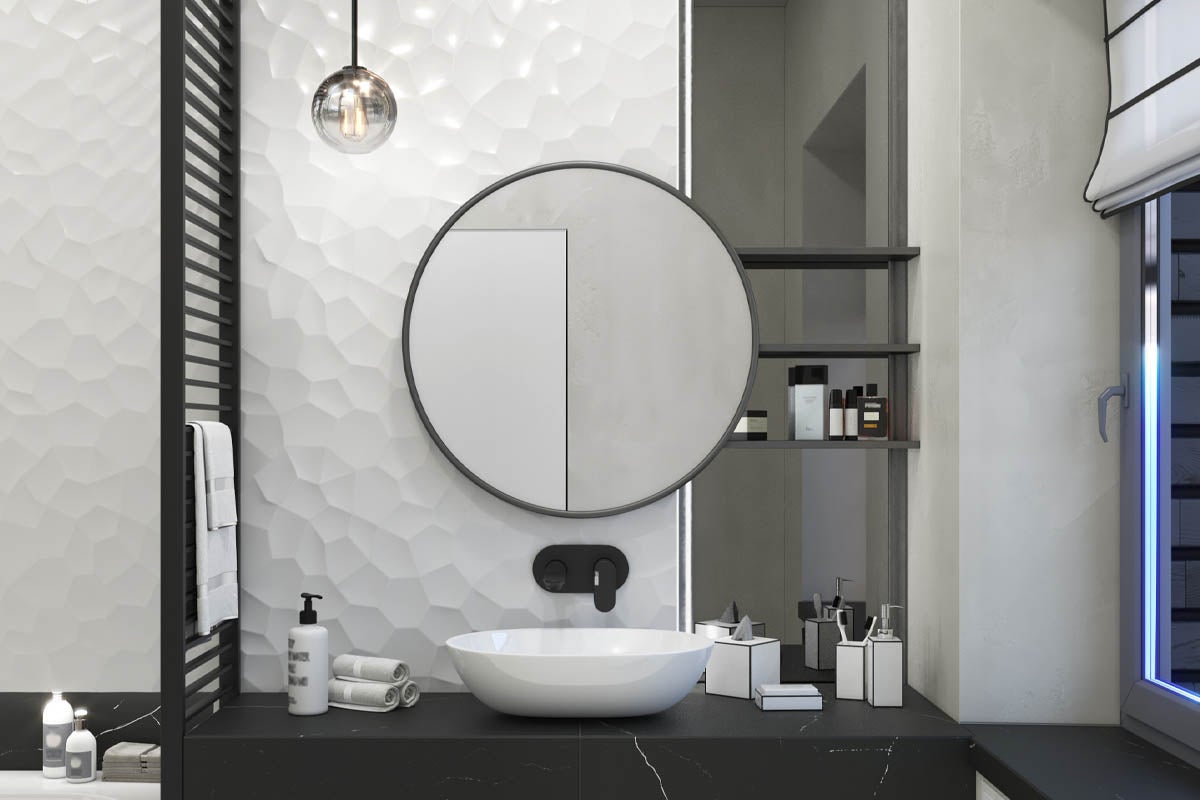
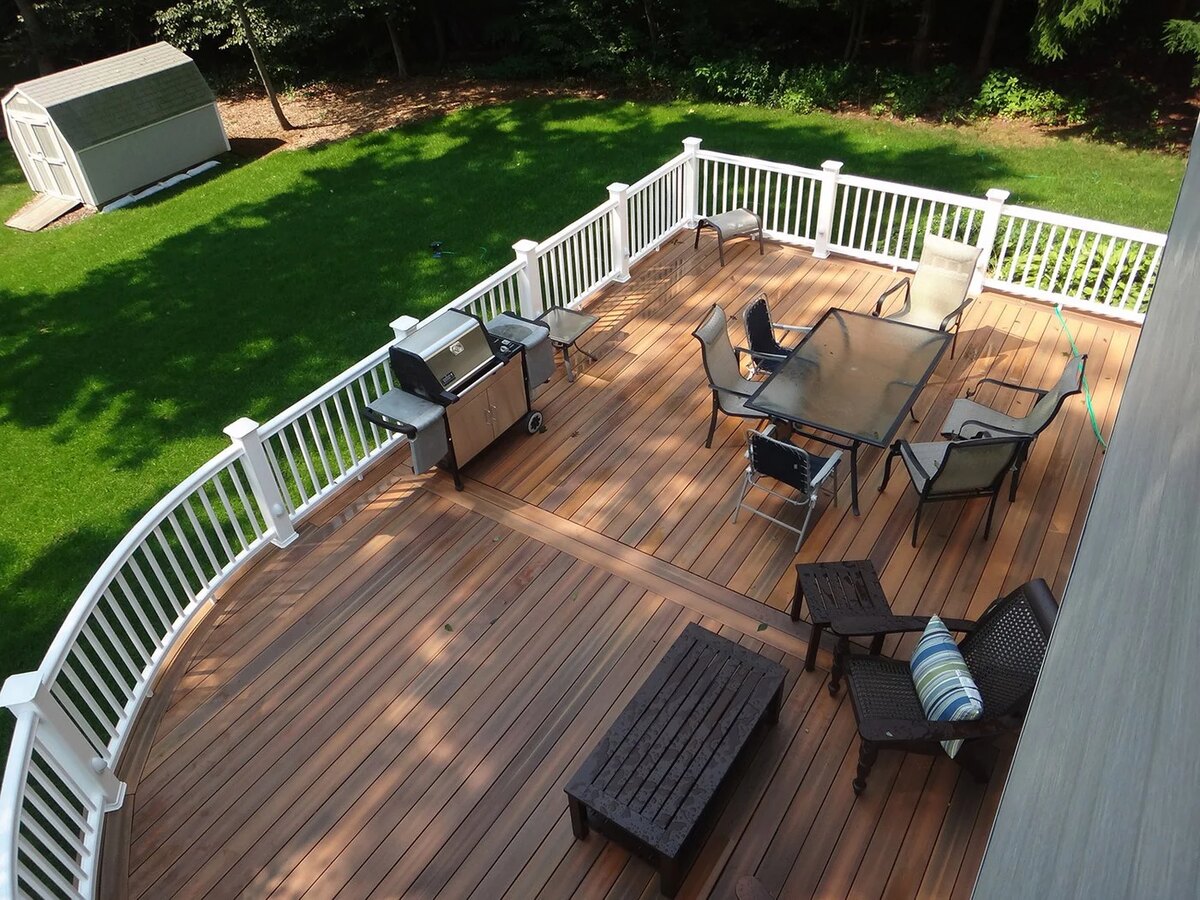
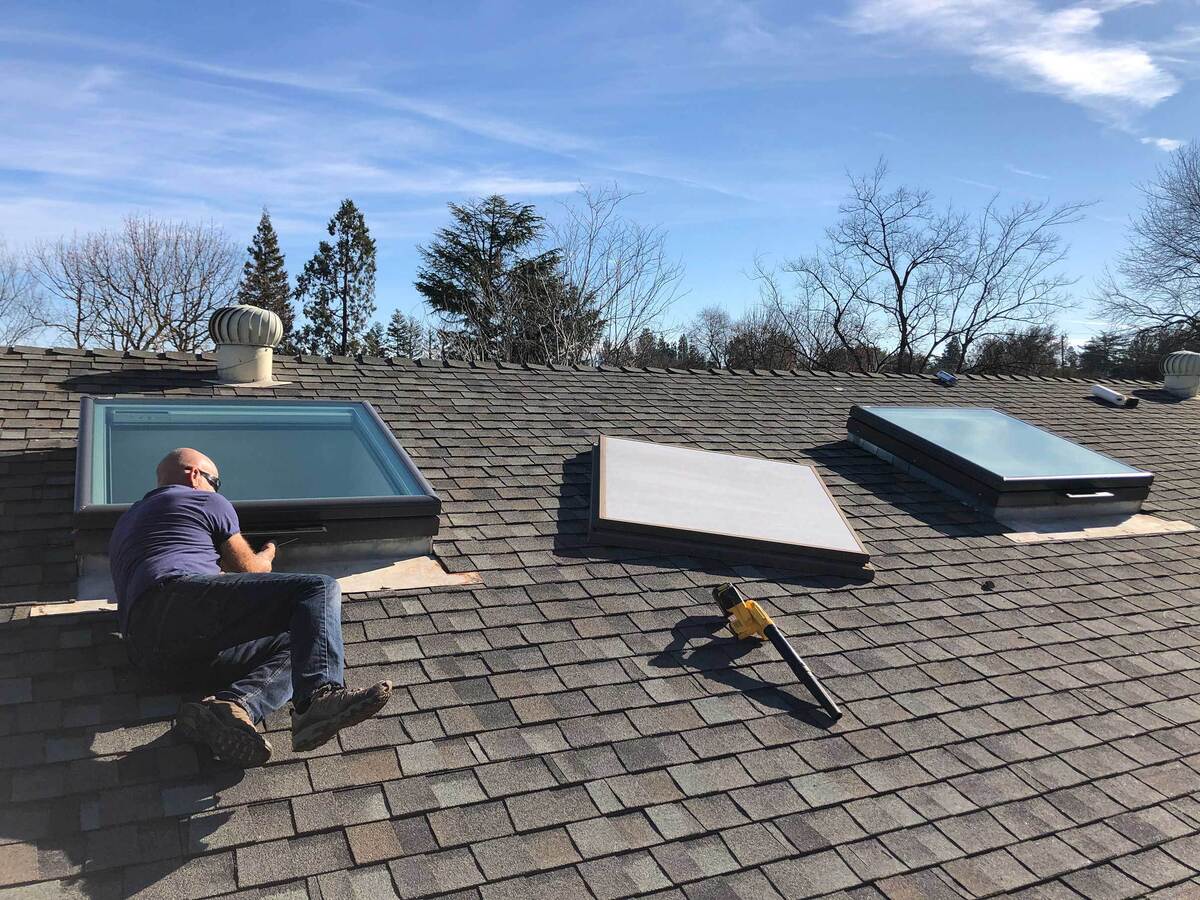

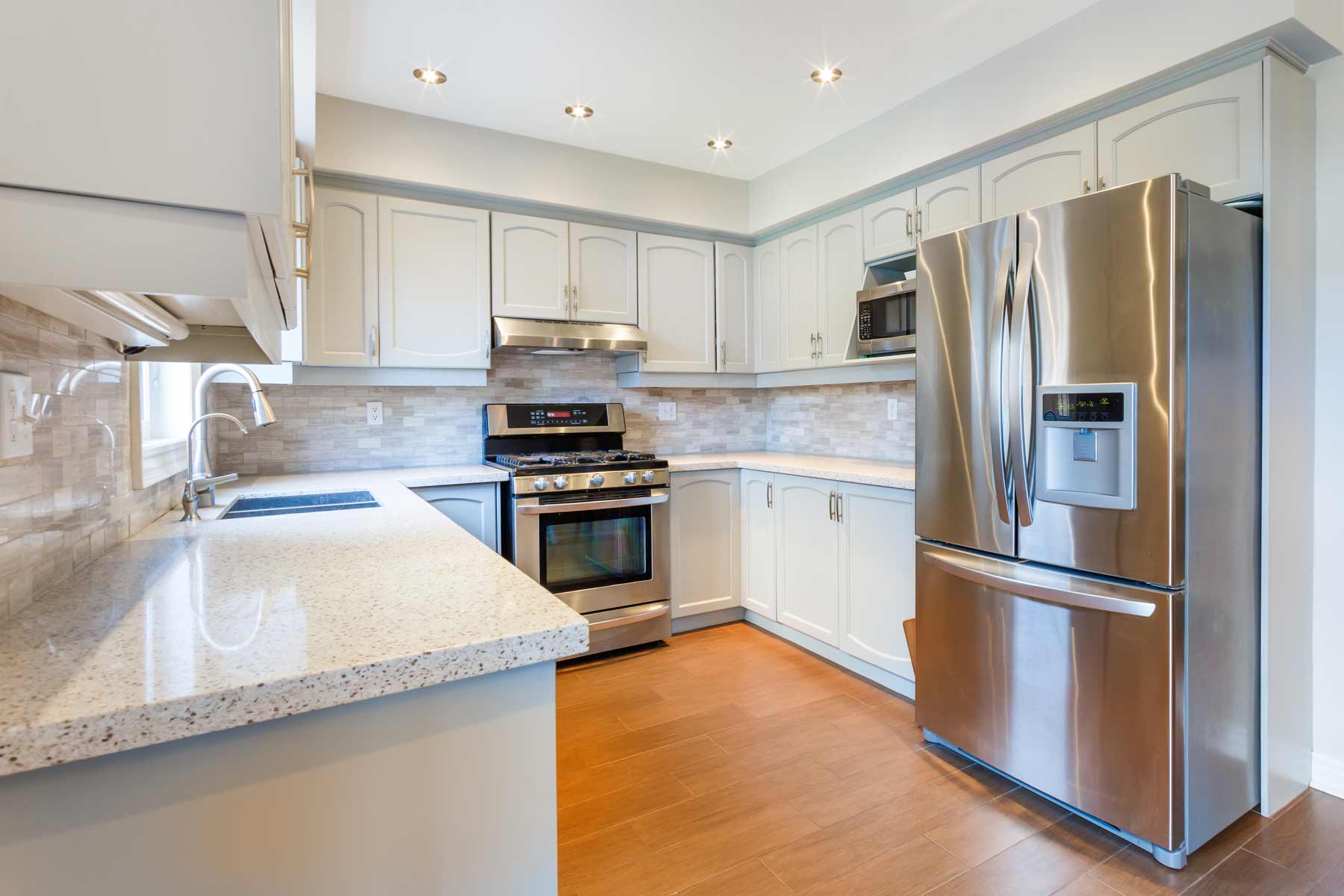
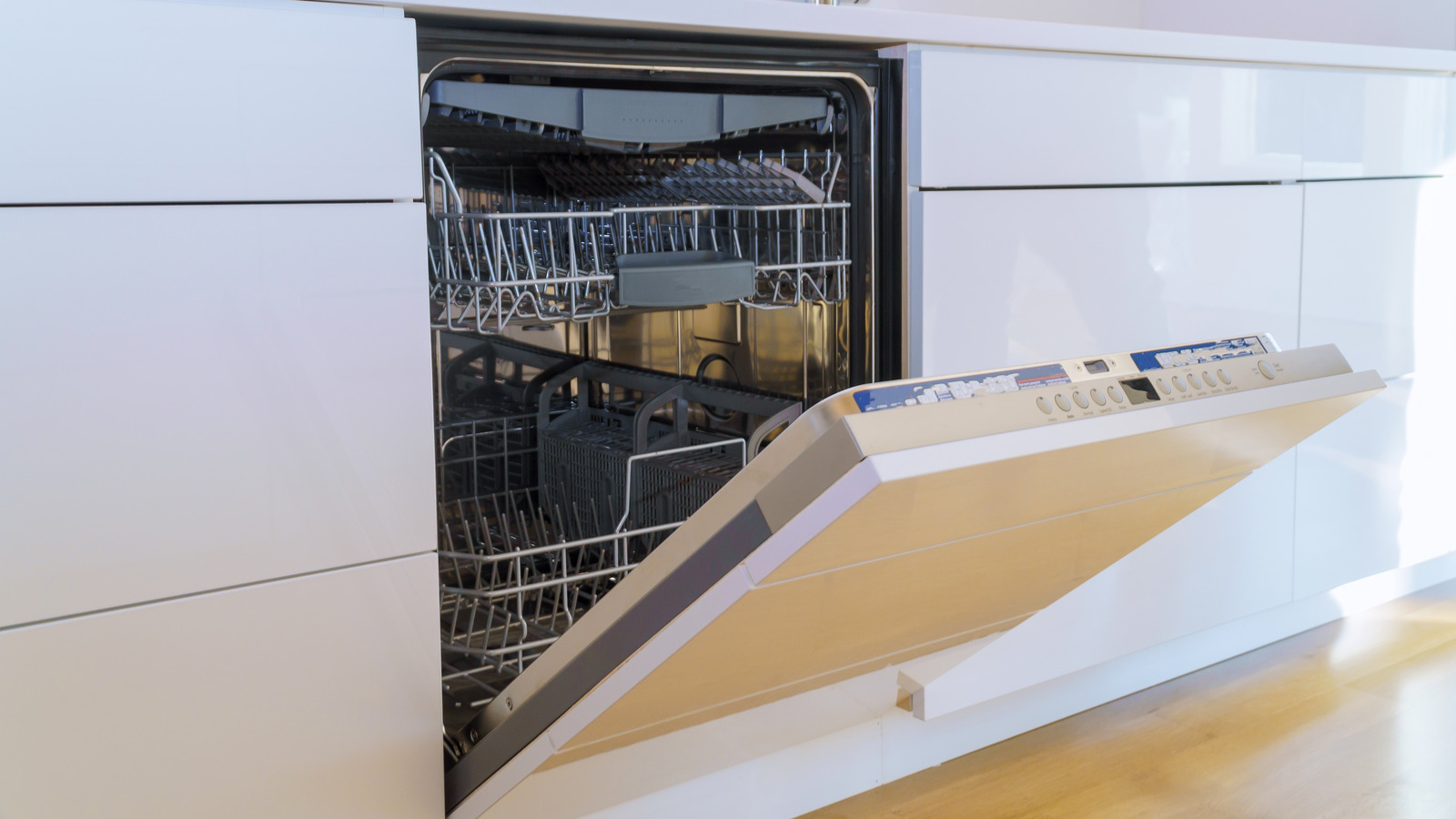
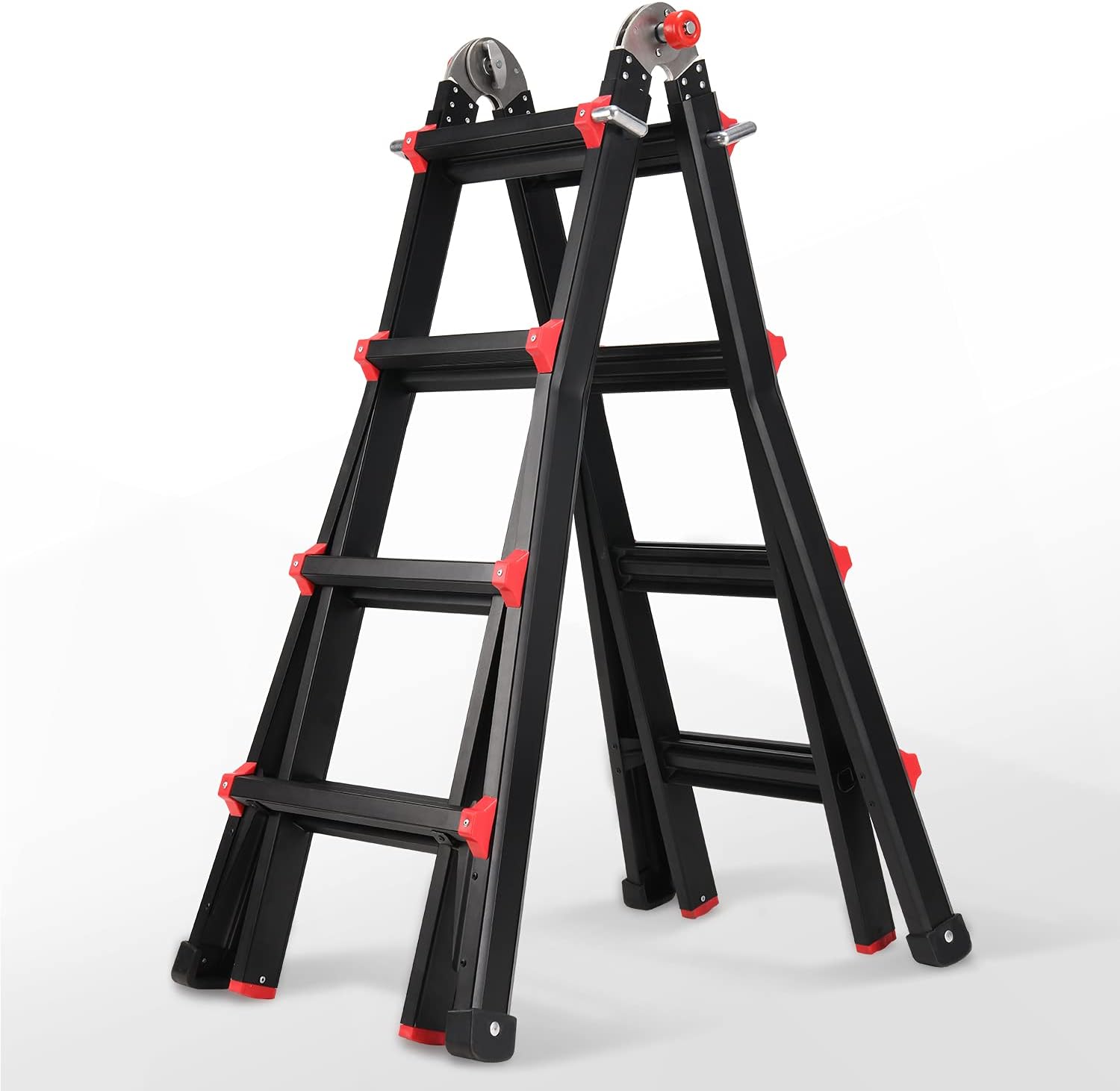
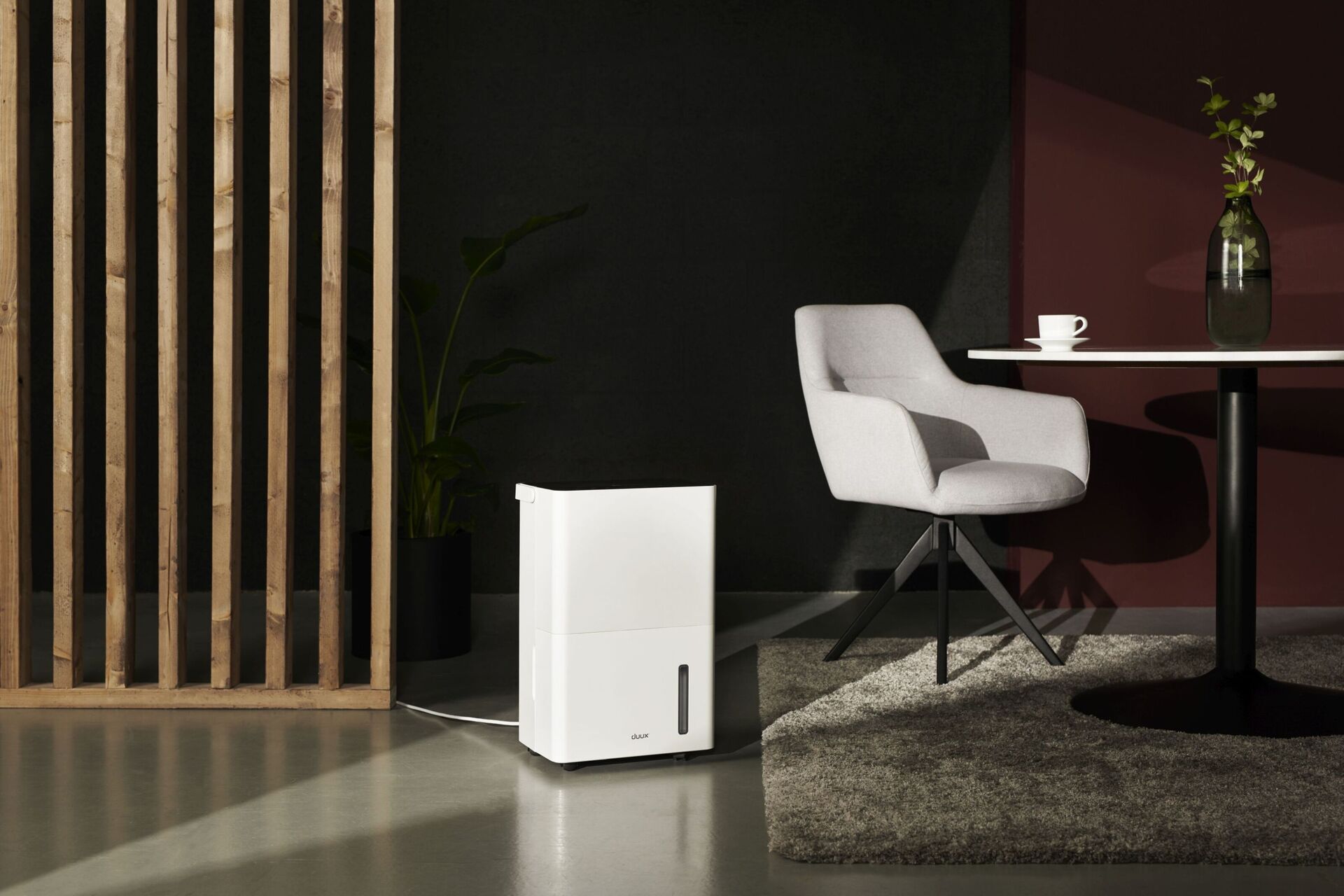
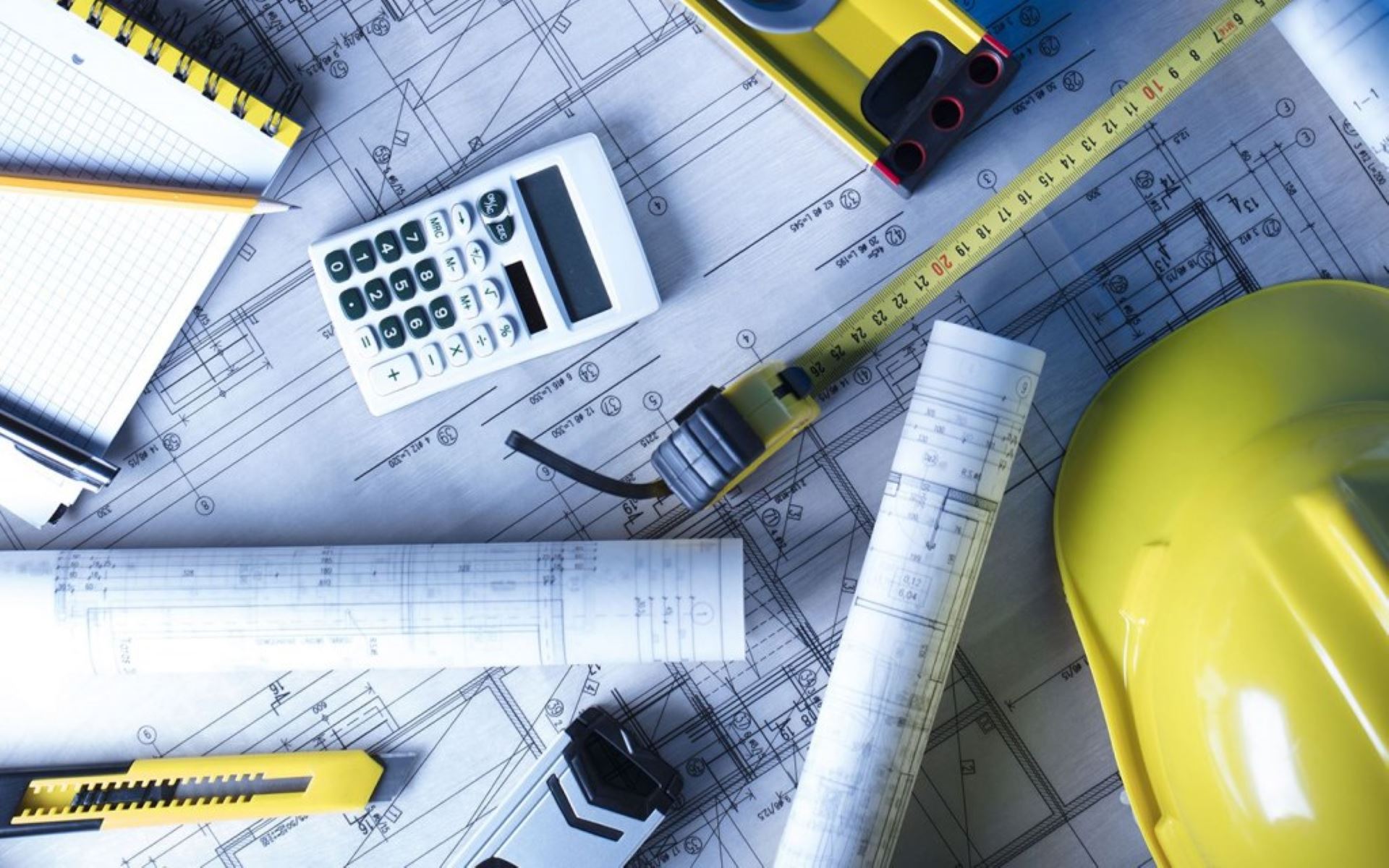
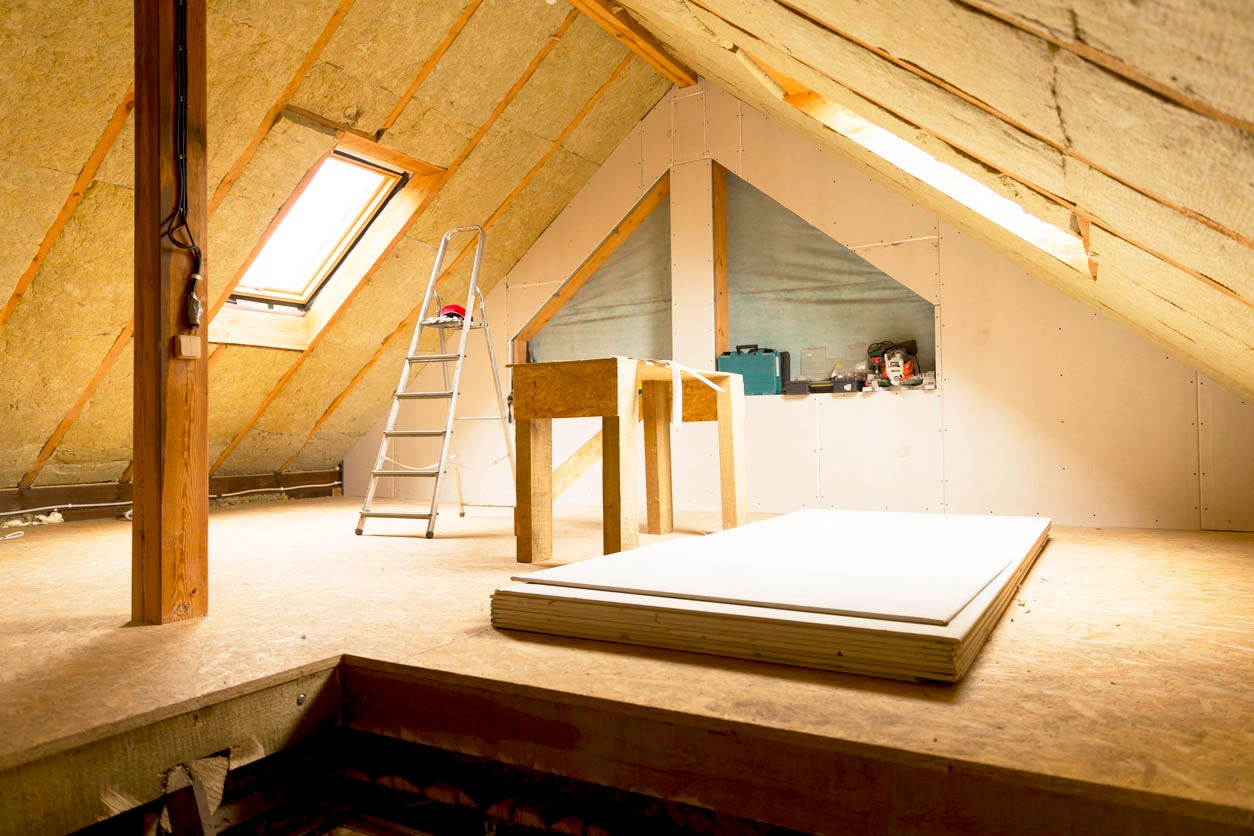
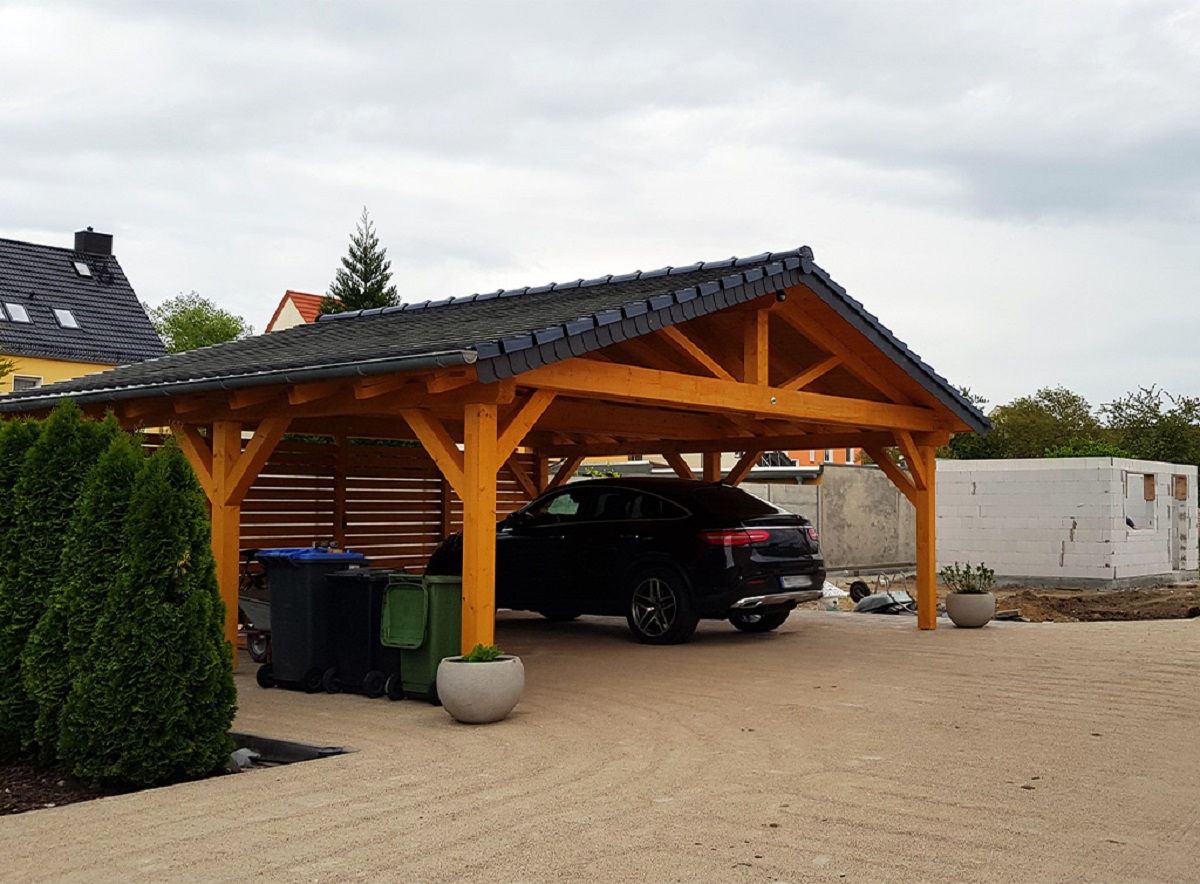
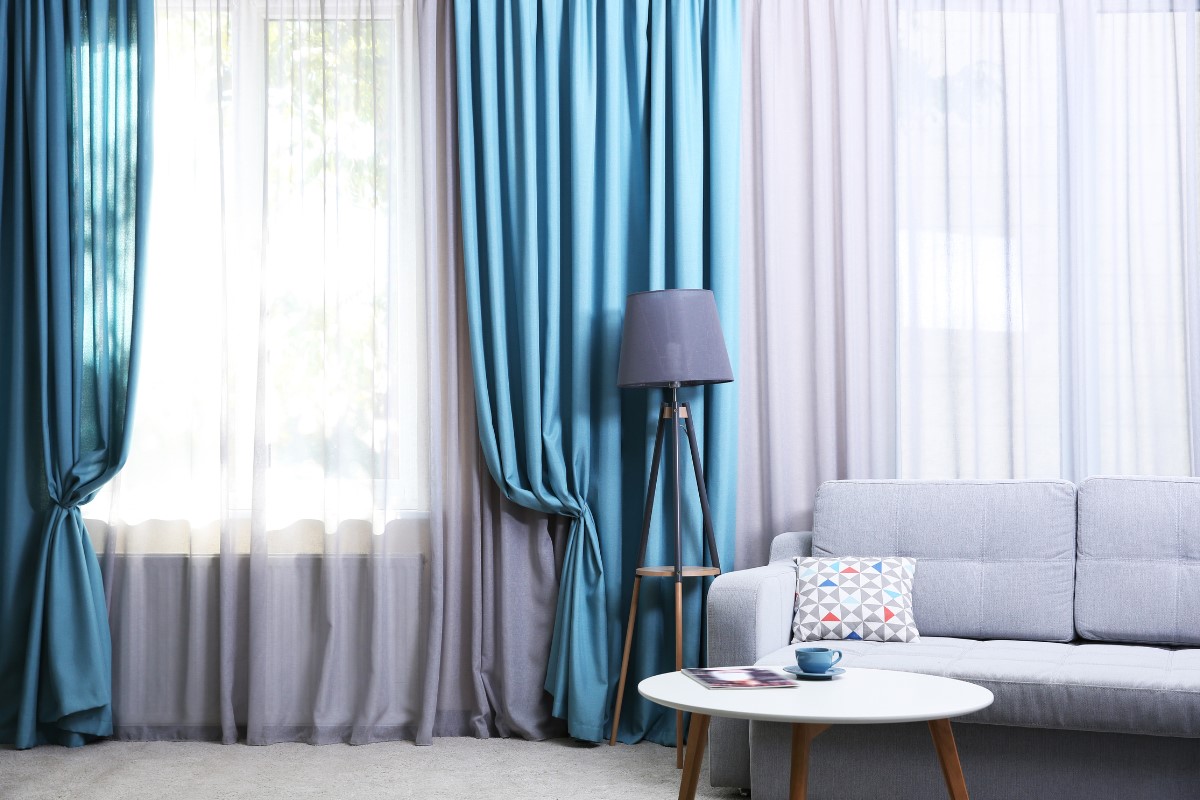
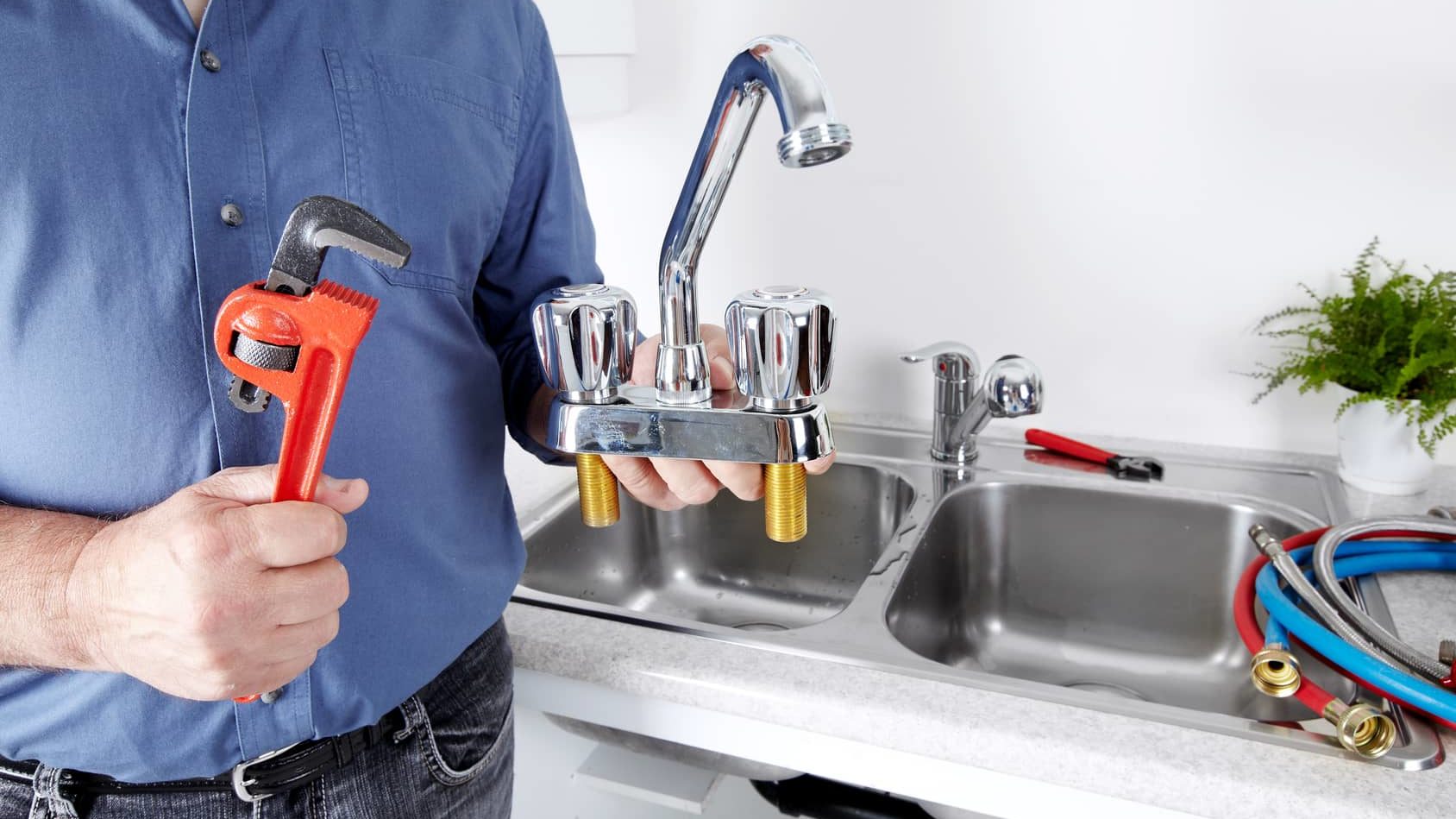

0 thoughts on “How Much Does Skylight Cost”